Recently Nvidia launched the GTX TITAN which has proven to be a monster of a card and with extreme capabilities for the most demanding enthusiast gamers. Last week, we released a preview. Now, after some time with the card we have some results to show what you can expect from a single TITAN in both 1080p and surround gaming.
Introduction – Nvidia GTX TITAN Single Card Performance
The TITAN has now been officially on the market for about 5 days and the market demand has been very high, even with the price premium of $999.99 per card. This card has proven to be one hell of a performer with capability beyond that of any single GPU card seen to date, but it also carries the highest price for any single GPU card we have seen to date as well.
When we first looked at this card previously we covered many of the key features which can be seen HERE.
Therefore, this article will be covering benchmark and game performance of the TITAN versus other cards in the top spectrum of the extreme enthusiasts category.
The cards tested will be:
- AMD HD 7970 GHz Edition
- Nvidia GeForce GTX 680
- Nvidia GeForce GTX TITAN
- Nvidia GeForce GTX 690
This covers the upper spectrum of enthusiast-level graphics cards and while the GTX 690 is a dual GPU entry it still is a worthy addition as it sits at exactly the same price point as the GTX TITAN.
Testing & Methodology
The testing for these cards will be conducted at two different resolution levels which should cover a decent spectrum of the enthusiasts users needs. I start with single monitor 1920×1080 performance and then move to surround gaming performance at 5760×1080 which is three monitors at 1920×1080 each. Each of the cards support the3 monitor configuration although VRAM differences can definitely affect performance drastically at the surround resolution depending upon the amount of memory the application requires.
The benchmarks are either run by their internal benchmark or are run via a preset path and recorded with FRAPS to get average FPS numbers. To ensure accuracy each test was run 3 times and averaged according to result. Any extremely abnormal run or “Bugged” run is discarded and rerun.
Test Rig
| Test Rig | |
| Case | Thermaltake Level 10 GT |
| CPU | Intel Core i7-3770K/Intel Core i7-2600K |
| Motherboard | ASUS Maximus V Gene |
| Ram | 16GbpsB Patriot Viper Xtreme 2400MHz + |
| CPU Cooler | Swiftech H20-220 Edge |
| Hard Drive | Western Digital Velociraptor 300GB |
| SSD | Intel 510 series SATA III 120GB |
| Optical | ASUS BD-ROM |
| GPU |
AMD HD7970 GHz Edition Nvidia GeForce GTX680 Nvidia GTX TITAN Nvidia GeForce GTX 690 |
| Additional Cards |
N/A |
| PSU | Thermaltake Toughpower XT 1475W |
| Mouse | Tt eSPORTS Theron gaming mouse |
| Keyboard | Tt eSPORTS Meka G1 mechanical gaming keyboard |
Test Suite
We will use the following applications to test the performance of the graphics card.
Synthetic Benchmarks & Games
| Benchmarks |
|---|
| 3DMark11 |
| 3DMark Firestrike & Firestrike Extreme |
| Unigine Heaven Benchmark 4.0 |
| Batman Arkham City |
| Battlefield 3 |
| Crysis 3 |
| Dirt 3 Showdown |
| Far Cry 3 |
| Metro 2033 |
Overclocking
The GeForce GTX TITAN has more advanced overclocking means with GPU Boost 2.0 at play, and while it gives even more possibility for higher overclocks it also can make overclocking a bit more confusing as the system dynamically clocks according to thermals, loading and power consumption targets. All of these variables are at play at any time and can make a difference in performance as thermal conditions can be different in each environment depending upon time under load, chassis airflow and ambient temps. The cool part we have seen is the ability to adjust the thermal target so that if you are trying to bench the card you can set a higher thermal target to allow a bit more headroom for your clocks.
At this point what we would really like to get our hands on is a liquid cooled variant of the TITAN in order to see just how much more headroom we can achieve since a liquid cooler will keep the GPU card temps much lower consistently, allowing GPU Boost 2.0 to throttle even higher. At that point, the limiting factor would most likely be the voltage.
When overclocking the TITAN we used the newest version of EVGA’s precision tool which we must say has matured very well. EVGA’s software team deserves much credit here as right at launch it is very capable and tuned well to work with the TITAN card and its massive capabilities.
The max GPU clock we could reach was 1015MHz and the memory was able to reach 1770MHz (7080 QDR) which is right around what we were able to reach on other Kepler models, give or take some MHz. What really surprised us was the overclock capability for the high density of memory at 6GB which speaks volumes to the capability of the memory controller itself.
The performance increase at these frequencies is approximately 17-23% increase depending upon application. This is significant and could mean up to 20+ FPS in your favorite game, and that is excellent for performance.
The one thing that I think could have given a bit more headroom on overclocks was the voltage but even without more adjustability it hit over a GHz on a very large GPU but we really hope more voltage will be available as things get tweaked and time goes on. We have seen some early results of what EVGA’s Vince “Kingpin” Lucido can do on these cards and with the proper adjustments we think these cards could be the record holders for a long while.
Important note: Overclocking can cause component failure. Please exercise caution when attempting any level of overclock on system components.
Temperatures
The temperatures were recorded with full loaded Heaven benchmark looping for over 30 minutes or longer depending how long it took for the card to level out in temps and sat at a plateau for more than 10 minutes.
| GPU Temperatures | Temperature (Idle/Load) |
| Nvidia GTX TITAN | 31C/67C |
| Nvidia GTX TITAN OC | 31C/76C |
The efficiency of the cooling design can be seen here as the card never even really got hot but maybe warm during testing which tells us we have some headroom on this card with the stock cooler.
Real world/Gaming Benchmarks
3DMARK 11
3DMark 11 was the newest in Futuremark’s suite of benchmarking utilities. Its a fully capable DirectX11 benchmark which also stresses and analyzes the system performance as a whole to simulate a heavy rendering environment such as a high end game or other app the end user may run. This benchmark was run with Performance settings 5 times and all runs were averaged for the result below.
The TITAN pulls a nice run here but when matched against the GTX 690 at a single screen test the GTX 690’s dual 680 GPU’s simply out matches it. But we take this result for what it is: this card is made for those who want the most powerful GPU and need the ultra high resolution performance, and well 1920×1080 simply isn’t enough to show this cards true potential.
3DMark Firestrike & Firestrike Extreme
3DMark is the newest benchmark in the Futuremark stable, and the name is quite confusing as simply 3DMark when they have many ranging from 3DMark 2001, 2003, 2006, Vantage, 3DMark 11 and now 3DMark. Well that aside this benchmark is a bit more simple as it has 3 sections broken down for tablets, to desktops to extreme gamers. Firestrike is the one for the high end gaming desktops so that is the one I choose for performance GPU testing. There are two modes for this test one is Fireside which is 1920×1080 with DirextX 11 and 11.1 features depending upon compatibility. Fireside Extreme runs at 2560×1440 for the Extreme gaming user, unfortunately there is still not a preset for surround or multi monitor testing so I am testing with both to show what single screen gamers can expect.
Here is the Fireside standard and as reported previously this benchmark tends to be a bit more AMD friendly than 3DMark 11 as the 7970 jumps quite a bit ahead of the 680 here. The TITAN is bested by the 690 by a small margin but it is somewhat unsurprising there is simply more GPU power available on the 690.
Here you can see the 7970 pulls a bit further ahead of the 680 at the higher resolution and the TITAN is mere steps behind the 690 at the higher resolution. The Dual GPU still gets a little higher due to the VRAM not being completely tapped but its starting to head that direction. With a 4K display we think we could probably see the TITAN surpass the 690.
Heaven Benchmark 4.0
Heaven Benchmark 4.0 is the newest of Unigines trusted performance benchmark putting forth a mix of heavy texture loads and Tesselation to really tax your GPU or multi GPU setup.
Heaven benchmark you can see with surround resolution can eat up some serious VRAM, and this is where the TITAN pulls a commanding lead. With everything maxed out you can see that it takes a very good lead and surprisingly it looks like the dual GPU’s with memory tapped actually can take a big performance hit as the GTX 690 dropped even below the GTX 680 at the surround resolution.
Batman Arkham City
Batman Arkham City is a very fun game with some great visuals and excellent details. At surround resolutions you can expect to really tax even a very high end single card setup.
Batman Arkham City is a great game and at 1080P the TITAN is less than a single frame behind the GTX 690 which was quite surprising.
Here at the surround resolution you can see the 690 actually gains ground which tells us that the scaling of thedual GPU just was not being seen at the standard HD resolution. The TITAN easily is leaps and bounds ahead of the GTX680 and HD7970 cards.
Battlefield 3
Battlefield 3 is a demanding game but has been around awhile but it is very graphically demanding and can bring even very high end systems to their knees at top settings.
Battlefield 3 is a very intensive game and most single GPU cards at high settings have to be in the upper end to keep you consistently above the standard 60FPS refresh rate, but with the TITAN your single GPU now breaks 100FPS average.
At the much higher surround resolution the 7970 with its higher memory density easily skips past the 680 and the TITAN gains some ground on the GTX 690.
Crysis 3
Crysis 3 is the newest in the Crysis Series and it is very demanding on even the top model GPU’s so don’t expect triple digit FPS number without a extreme multi card setup.
Even at single monitor HD resolutions the GTX 680 and HD 7970 struggle to offer stable playable framerates at above 30 FPS which means you can see some choppiness if using a single card at max settings. The TITAN pulls a pretty consistent framerate at or above 30FPS and therefore offers an overall smooth framerate with little to no stutter.
At surround resolutions Crysis 3 grinds our system into the dirt, it simply puts the hurt to our cards in the worst way and delivering an experiencewe can only call a “slideshow” with the 7970 and 680. This was definitely a surprise as it was difficult to even test properly due to how choppy it was. On the TITAN, the gameplay was somewhat choppy but it was reasonably playable but definitely not desirable. The big shocker here was the GTX 690 which failed to complete the testing upon multiple attempts as the VRAM would be properly utilized and would cause crashing or simply yield results we could not even record.
Dirt 3 Showdown
Dirt 3 has been a favorite of mine for awhile as it offers excellent lighting and reflections, and its an overall fun game to play with for testing.
Dirt Showdown at surround resolution offers smooth gameplay even on the 7970 and 680 which were below 30 FPS consistently which is likely due to the fast action a driving sim offers. The TITAN offers a decent jump from the larger GPU but is still out paced by the dual GPU 690 as the game simply does not tax the VRAM even at these resolutions.
Far Cry 3
Far Cry 3 is another newer game with excellent water and terrain detail, once again a fun game that can definitely tax your high end gaming system.
Here the TITAN pulls some very good numbers which will offer smooth gameplay and is well above the 680 and 7970, but the 690 is still 16FPS average above the TITAN.
Here at surround resolution the FPS numbers drop severely and the 7970 and 680 offer framerates which are well below smooth gameplay. this is not really a surprise, and the TITAN is a fair clip ahead of them with the 690 still pulling a decent lead at 27% increase over the TITAN.
Metro 2033
Metro 2033 at 1080p HD resolution has always been a very hard game to tackle but recent cards have started to tame this game into playable FPS levels and the TITAN is another step in that direction. The TITAN offers definite increases in performance over the 680 and 7970 giving easily playable framerates.
Metro 2033 at surround resolutions hits these GPUs head on and shows that multi card setups are needed for this type of gameplay. The 680 and 7970 fall into areas which cause stuttering and likely be unplayable in most situations. The TITAN and 690 find themselves right at the edge of playable and we are sure with a second TITAN this would be easily playable.
Conclusion
The GTX TITAN card is an amazing beast as it easily bests every single GPU card to date and even comes close to the GTX 690 dual GPU card in many cases. The real performance for the TITAN is in cases where more VRAM is necessary as shown in the Crysis 3 testing where the lower VRAM cards simply could not deliver above 2 FPS performance while the TITAN pulled off 10 as the VRAM capped out and caused performance to tank on the other cards. While 10 FPS is still not close to playable, a five-fold increase in performance is quite significant. Future games will likely see more and more VRAM usage so the TITAN is a super powerful GPU which is a bit ahead of its time as you are just now starting to see games which can tap its true potential.
As we said in our preview of the TITAN GPU, we are presently building a 3 way TITAN system being built and delivered by our friends at CyberPower. We will publish performance numbers for this as soon as we can, to show how performance scales.
We will also do testing for computational performance as these cards are based from a compute card and therefore could be a real gem for those looking for such solutions for production work at a possible savings over what you would pay for a super high end compute product.
It is not very often we give two awards for a single product but with something as epic as the TITAN, we feel it is warranted as the card is simply amazing. Given time and tuning we think you will see even more potential from this monster pending you have the budget to pick one or more up.
While we cannot recommend those who presently have a 690 to go get one, if you are looking for a top end card with a lot of potential, we have to recommend this card as it is not just good now but as apps use more VRAM this card will continue to look better and better.
| OUR VERDICT: Nvidia GeForce GTX TITAN | ||||||||||||||||||
|
||||||||||||||||||
| Summary: The GeForce GTX TITAN is the new beast that tops the charts for single GPU cards by a large percentage. For this it receives The Bjorn3D Golden Bear Award and the Bjorn3D Seal of Approval. |
 Bjorn3D.com Bjorn3d.com – Satisfying Your Daily Tech Cravings Since 1996
Bjorn3D.com Bjorn3d.com – Satisfying Your Daily Tech Cravings Since 1996

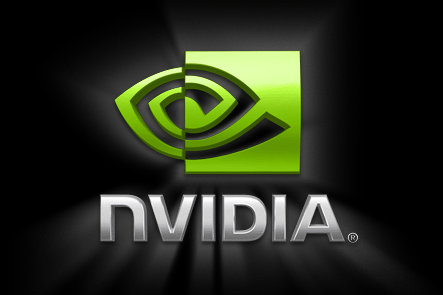
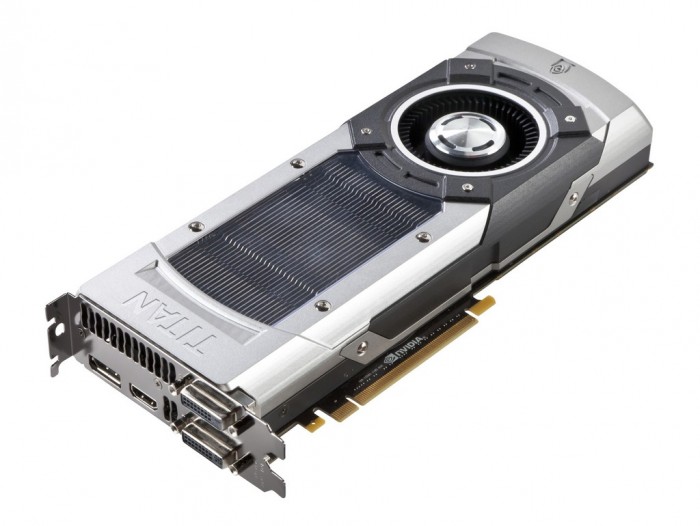




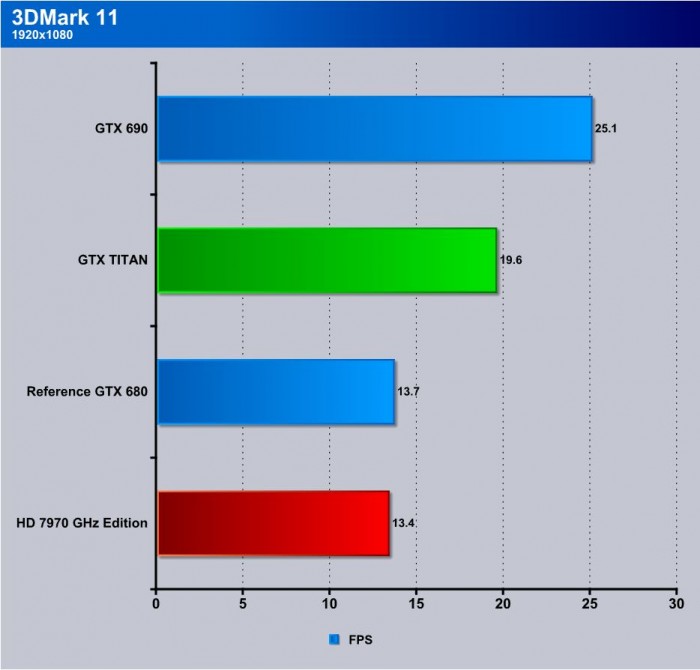
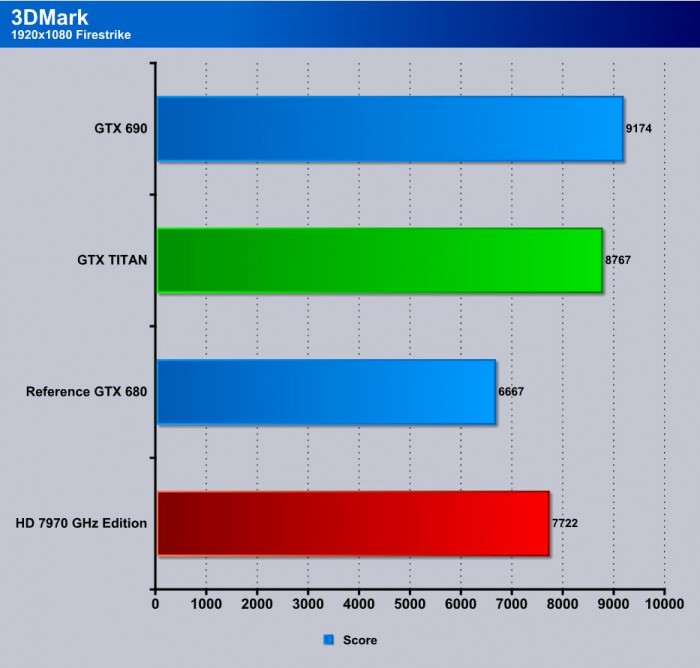
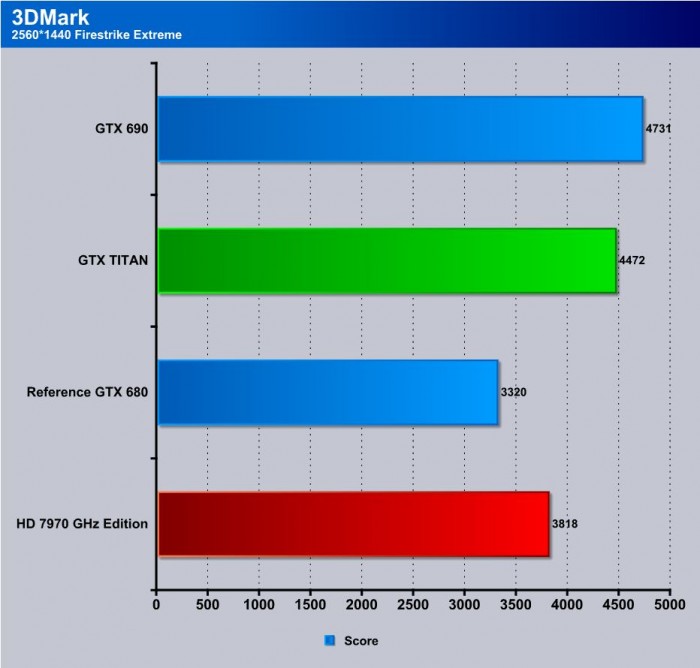
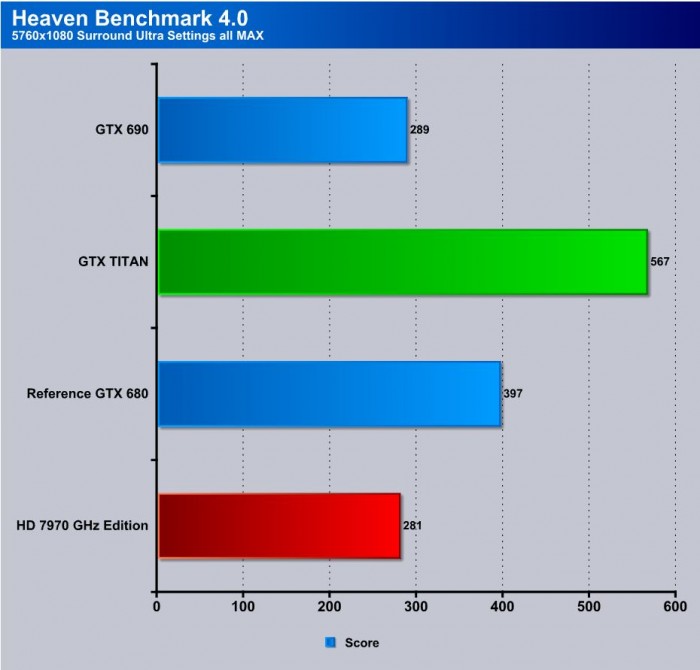
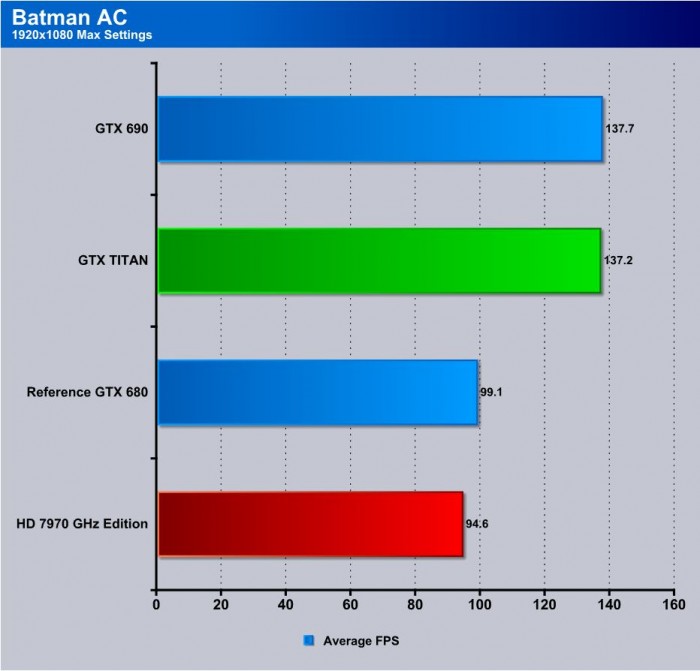
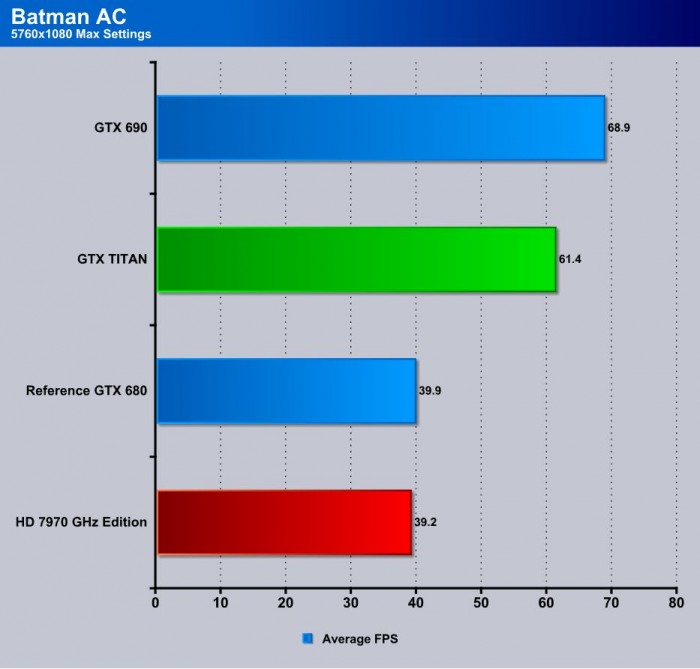
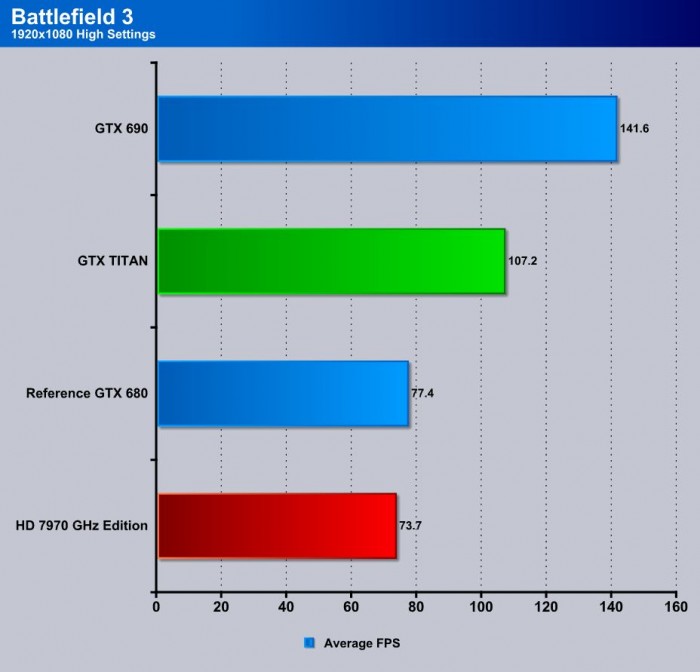
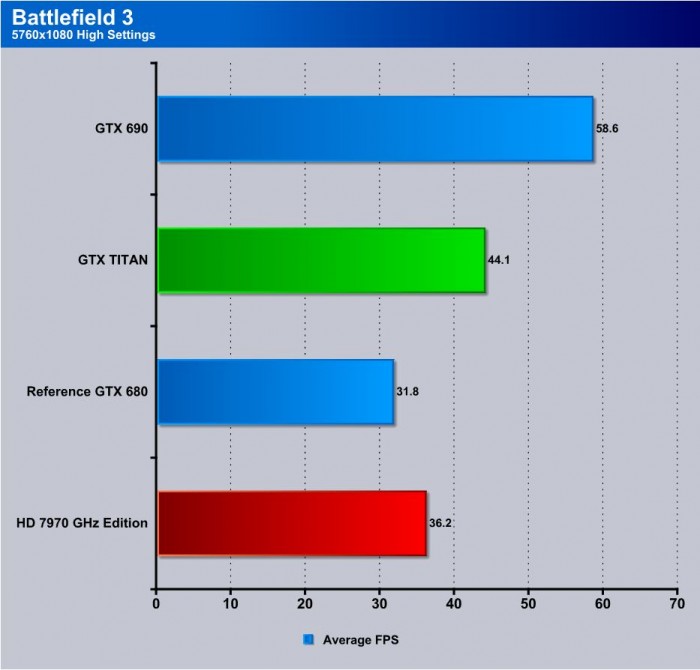
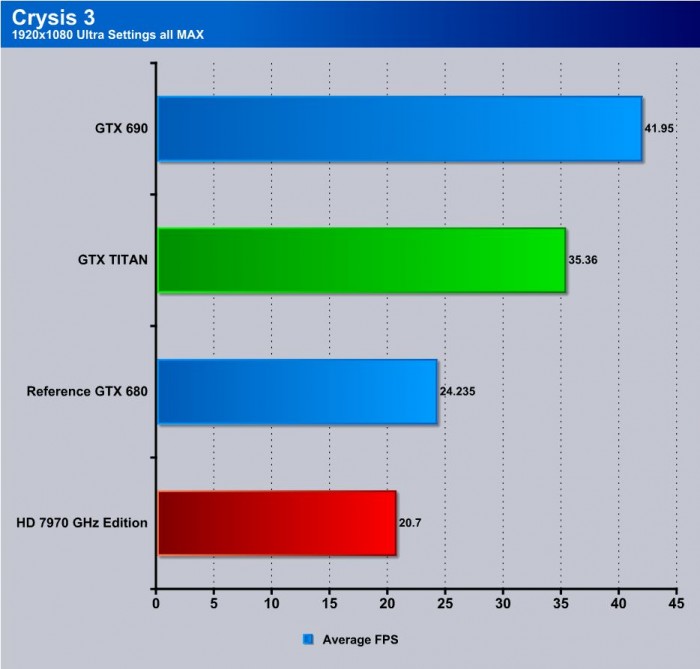
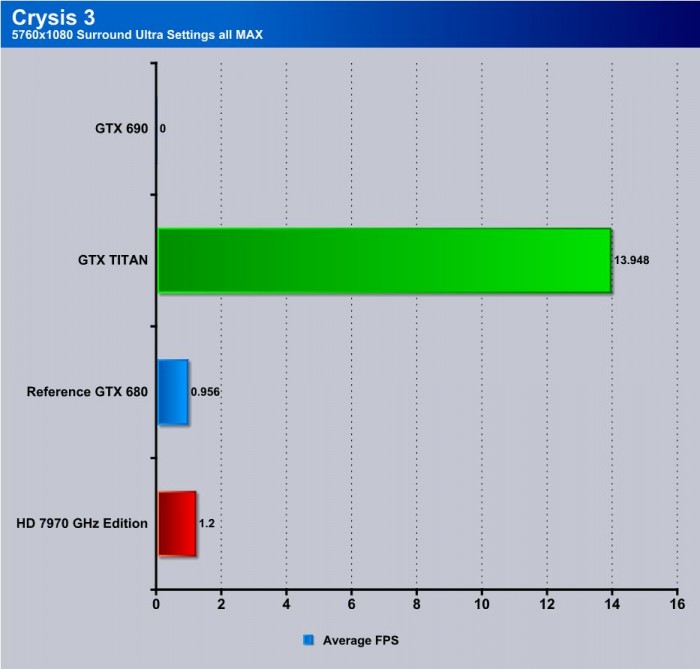
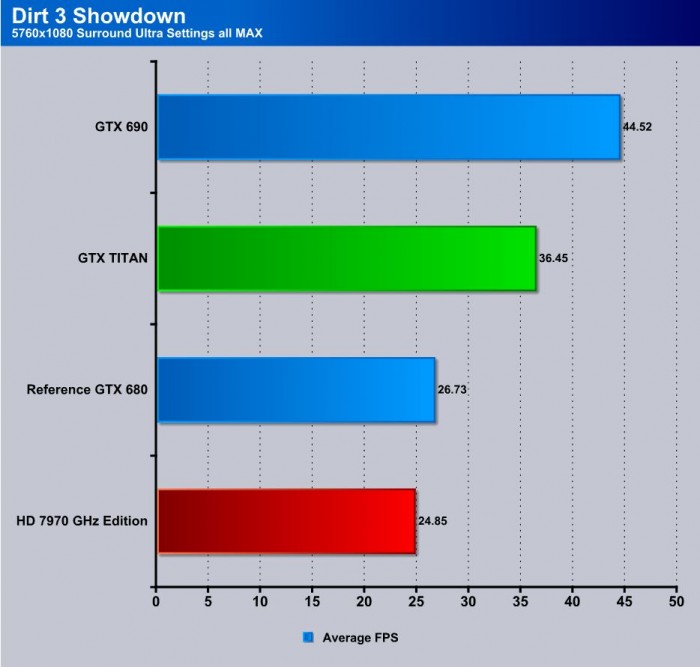
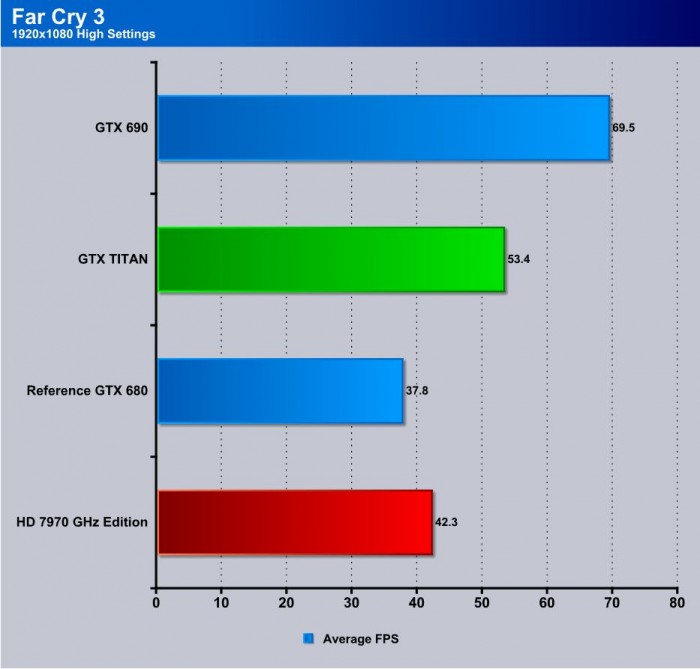
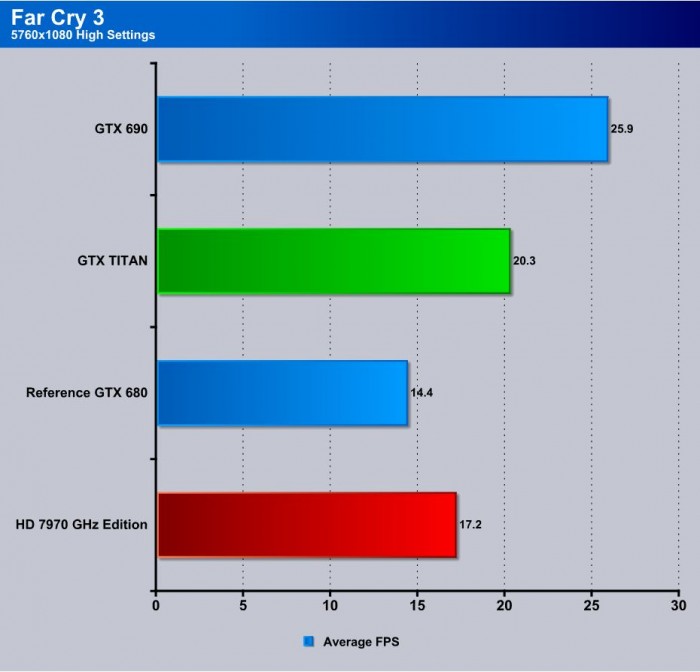

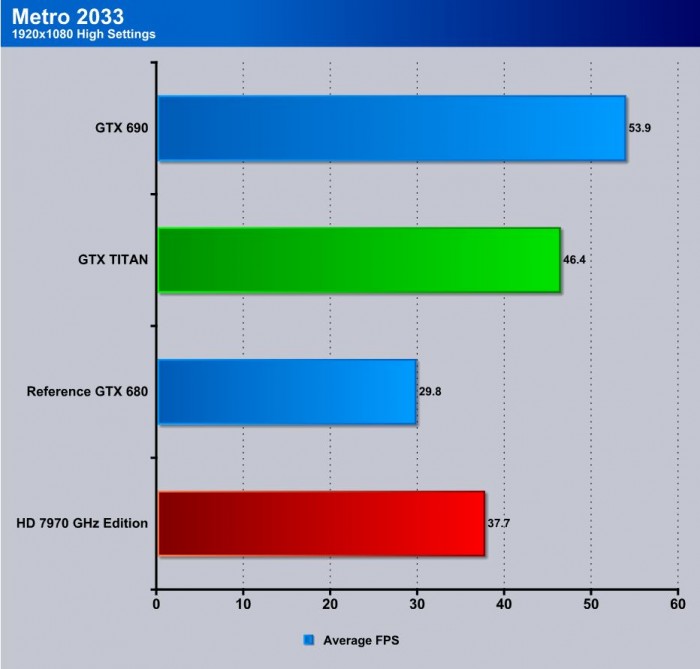
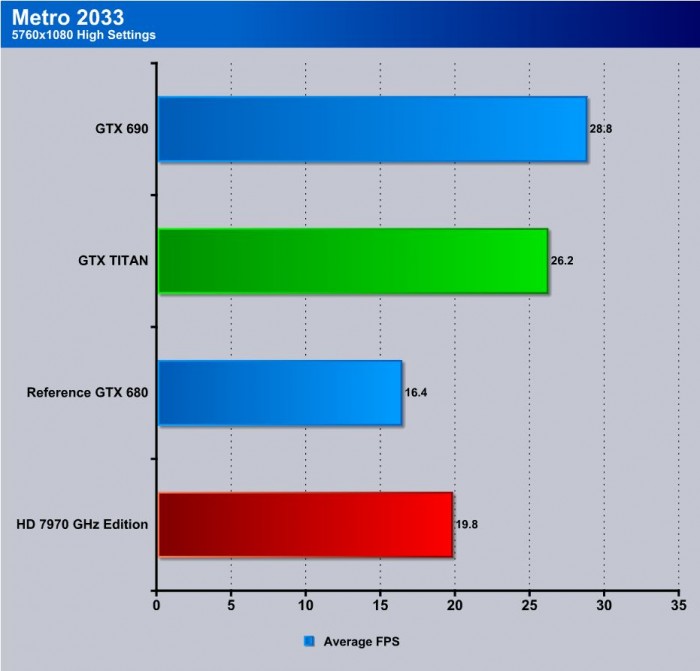










As excellent of a card it is, this thing is so ludicrously overpriced it’s gross.
The magnesium shroud pretty much does nothing other than to grossly increase the card’s price.
IMHO, a good 680 solution like the Lightning is really the way to over this card. You can have 680 SLi for cheaper than two TITAN’s… nVidia has really lost their mind.
Even the 8800 Ultra wasn’t this ludicrous. Though, this really is a sick card.
Regardless, it’s a useless card unless you want the absolutely best.
I see what your saying but this card has a very specific target as well, with large resolution gaming or applications which can use large amount of VRAM. A 690 technically being sli 680’s or even sli 680’s will see much less performance as demonstrated in the testing at very high resolution and texture loading conditions.
these are things to consider as games can continue to eat more and more VRAM as time goes on, I believe solutions like TITAN have not only a place now but a place in the future as well.
also do note that two 680’s may be cheaper than two TITAN’s but your still limited to 2GB framebuffer. and three TITANS are pretty much gonna match or beat 4 WAY 680 or Quad 690’s so the choice is really what kind of gamer are you, and how much do you need.
if your running multi display gaming than the TITAN is gonna be very tough to beat simply due to the Frame buffer factor. and lets not forget the much beefier GPU.
Thanks for reading.
You’re correct too but I mean, how many people really need 6GB?
Really, how can you fill 4GB vRAM on some 680’s? It’s really hard to fill even 2GB, let alone 4.
So yeah, I think what we both can agree on is that this card is only good for the folks that want the absolute best, which is why nVidia is milking it so much. They’re trying to get every single buck they can get out of these things.
Your welcome.
P.S, I appreciate your reviews. The worst thing eVGA has ever done was to lose you…
I am more doing a comparative analysis of the reference vs the TITAN. Granted there are some higher memory models, like the 4GB 680 but they were and are not widely available in mass quantities…
but I think we are getting to a point of splitting hairs here. There are advantages to each card depending on your usage model. Also with many users wanting a fully unlocked GK110 (or mostly unlocked with 14 of 15 SMX available) there is a reason for this product. But at the same time I think its more just kinda Nvidia showing what they can really do with a super high end GPU and large framebuffer or “Flexing their muscles” and well hey if they can do it im down to see what they can do in the process.
Thanks again